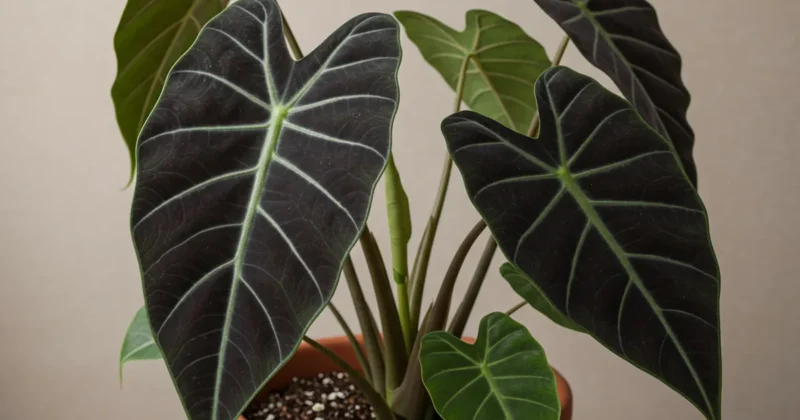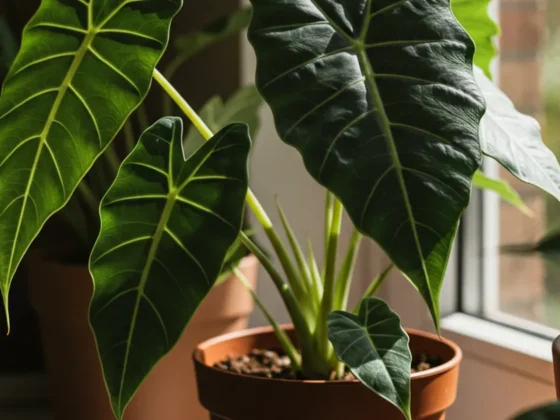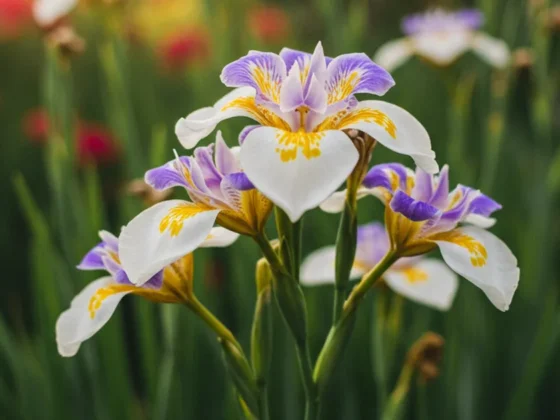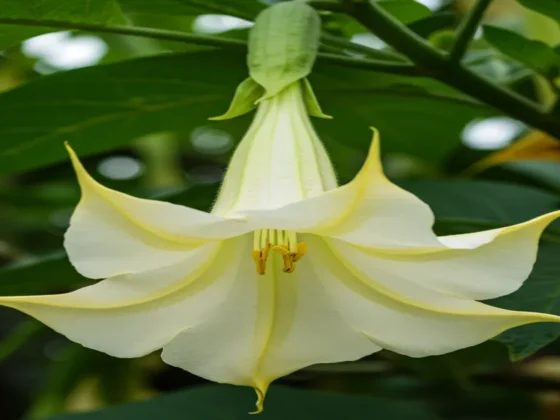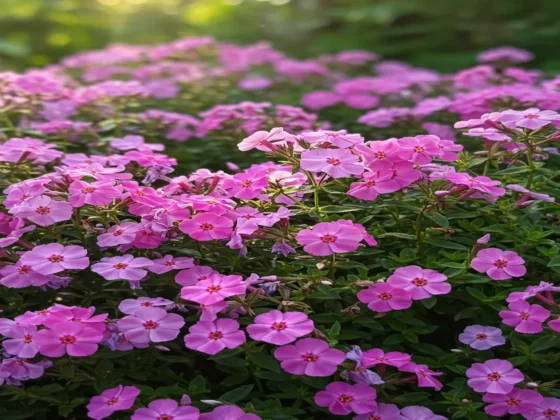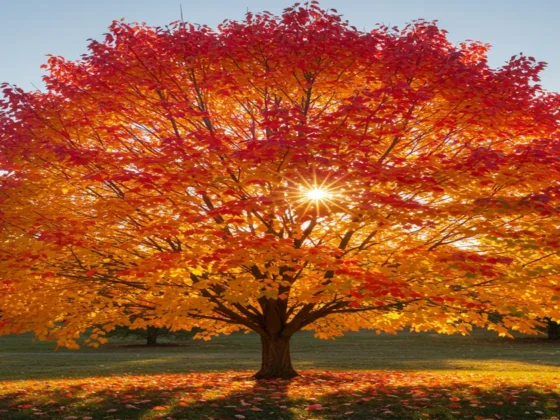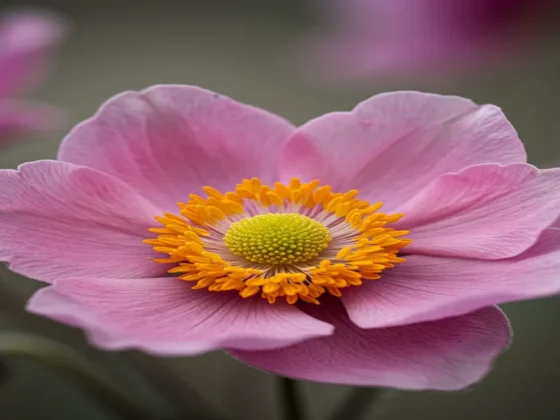Alocasia Black Velvet (Alocasia reginula) is an excellent choice for adding a significant presence in limited indoor spaces. While most plants in the Alocasia genus are characterized by large, tropical-looking leaves that are heart or arrow-shaped, often referred to as “Elephant ears,” the Black Velvet variant grows slowly and remains smaller compared to others in the genus. It is sometimes known as the jewel alocasia due to its petite size.
The plant is not typically cultivated for its flowers, as it seldom blooms and the white inflorescence is quite inconspicuous. Instead, the standout feature of this striking evergreen perennial is the silver veins that contrast beautifully on its thick, textured, dark green (almost black) foliage. Alocasia Black Velvet requires attentive care as it may go dormant or shed its leaves without proper attention. It thrives in high humidity environments, making it an ideal addition to steamy, sunny bathrooms.
Trimming

This plant does not have strict pruning requirements. Nevertheless, even on the most robust mature plants, it will be necessary to eliminate dead or dying leaves to allow space for new growth. This process aids in more efficiently channeling nutrients to the new leaves.
Alocasia Black Velvet plants infrequently produce flowers, and if they do, the blooms are not particularly remarkable. Should you notice any flowers, it is beneficial to remove them to redirect the plant’s energy towards the main attraction—the foliage.
Propagating Alocasia Black Velvet

It is not possible to propagate Alocasia Black Velvet using stem cuttings or leaves, and growing from seeds is challenging and slow. However, these plants spread through rhizomes, which are underground horizontal stems. The rhizomes generate new shoots that grow upwards, leading to the plant forming clumps. You can propagate Alocasia Black Velvet by dividing clumps or potting rhizome cuttings from mature plants relatively easily by following these steps:
These plants also often develop individual corms, which are small underground bulb-like plant stems that create new plants. Corms do not propagate well in soil due to inadequate humidity levels. However, you can remove them and propagate these Alocasia corms by placing them in shallow water and covering them to maintain suitable humidity levels.
Repotting Alocasia Black Velvet

Alocasia Black Velvet prefers to be slightly rootbound. Due to its slow growth, you will probably only need to repot it every few years or when you decide to divide the rhizomes.
Winter Protection
Alocasia Black Velvet, being a houseplant, does not require overwintering. Nevertheless, in case you reside in a colder region, ensure to maintain the temperature above 60 degrees and offer additional warmth to the plant.
Common Insects and Plant Illnesses
Alocasia Black Velvet may experience issues with spider mites. Spider mites tend to thrive in arid conditions, so ensuring adequate humidity levels can deter the pests and benefit your moisture-loving Alocasia plant.
While these plants are typically resistant to diseases, they can be susceptible to root rot if they receive excessive watering and the soil lacks proper drainage.
Challenges Commonly Encountered with Alocasia Black Velvet
Providing a warm, humid environment is essential for the survival of Alocasia Black Velvet. If these conditions are met and you carefully manage your watering routine, you can enjoy a stunning foliage display. To ensure your plant remains healthy, be on the lookout for the following issues:
Leaves Curling
Curling leaves are often observed in plants exposed to direct sunlight. If you notice the edges of the leaves crinkling, consider relocating the plant to an area with more filtered light. Be cautious not to let the plant become excessively dry as well.
Yellowing Leaves
Yellowing leaves are a common indicator of overwatering since Alocasia Black Velvet is sensitive to sitting in waterlogged soil. To address this, reduce watering frequency or switch to a potting mix that provides better drainage.
Brown Tips
While overwatering poses a significant risk to these plants, insufficient watering can manifest as brown tips on the leaves. Additionally, excessive fertilizer application can also result in burnt leaf tips.
FAQ
How quickly does Alocasia Black Velvet grow?
Alocasia Black Velvet grows at a slower pace compared to larger Alocasia varieties. It may take anywhere from two to five years for these plants to reach maturity. Even when fully grown, they typically do not exceed a height of 18 inches.
Is Alocasia Black Velvet a rare plant?
Originating from Borneo, Alocasia Black Velvet is seldom found in its natural habitat. Due to its increasing popularity, more specialized nurseries are now cultivating this plant for the commercial market. Nonetheless, it remains relatively uncommon to encounter this plant in regular garden centers.


